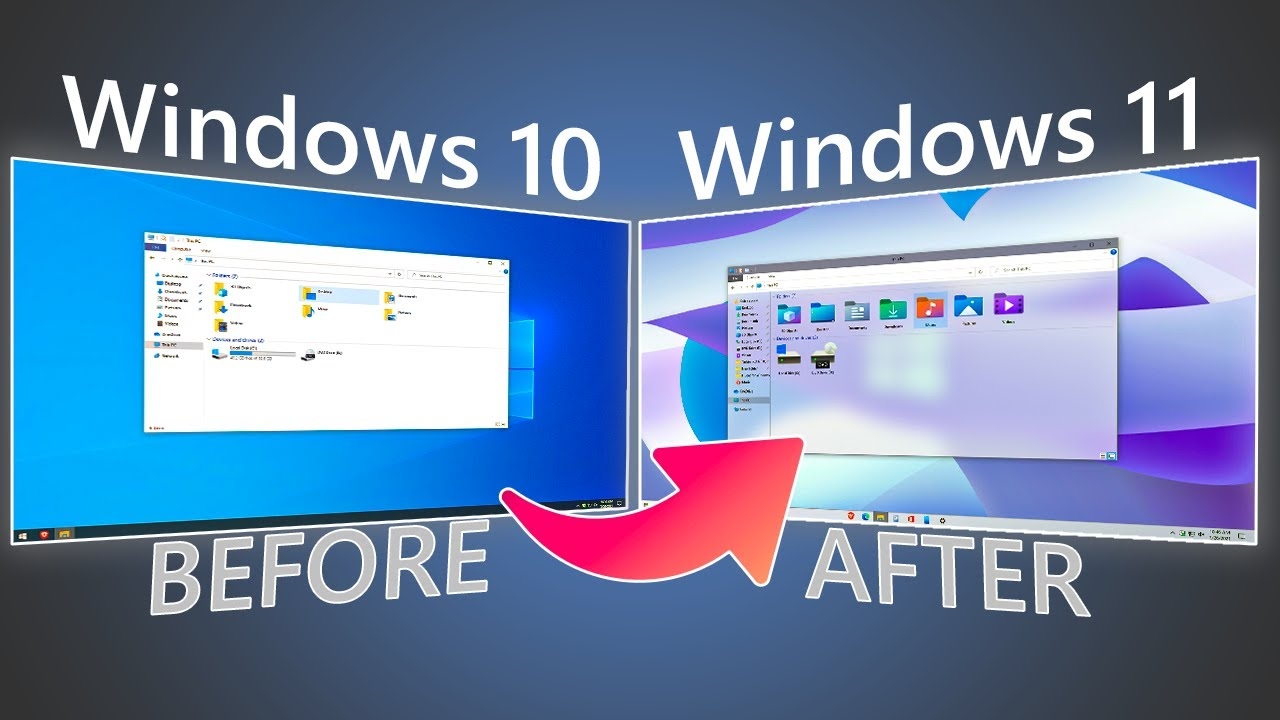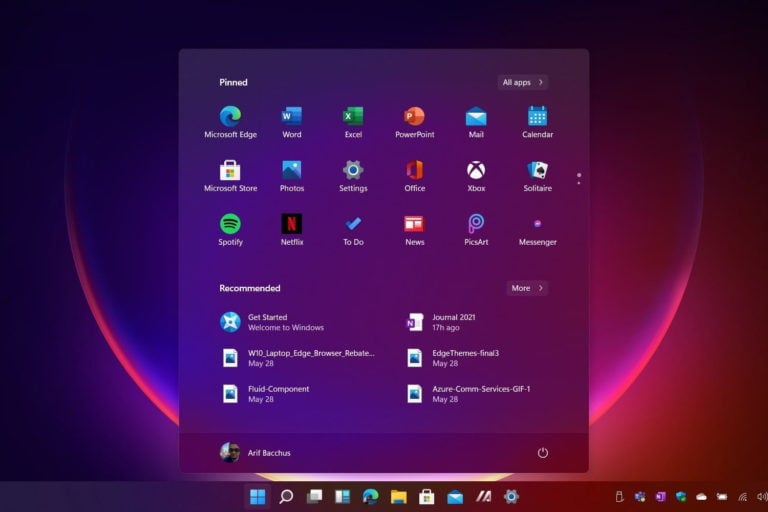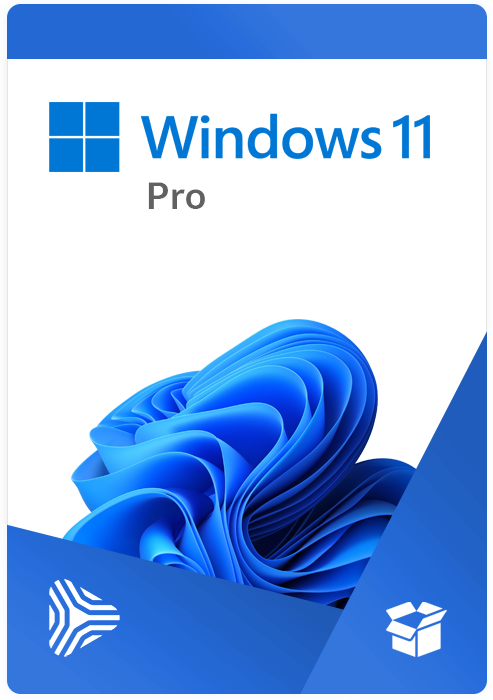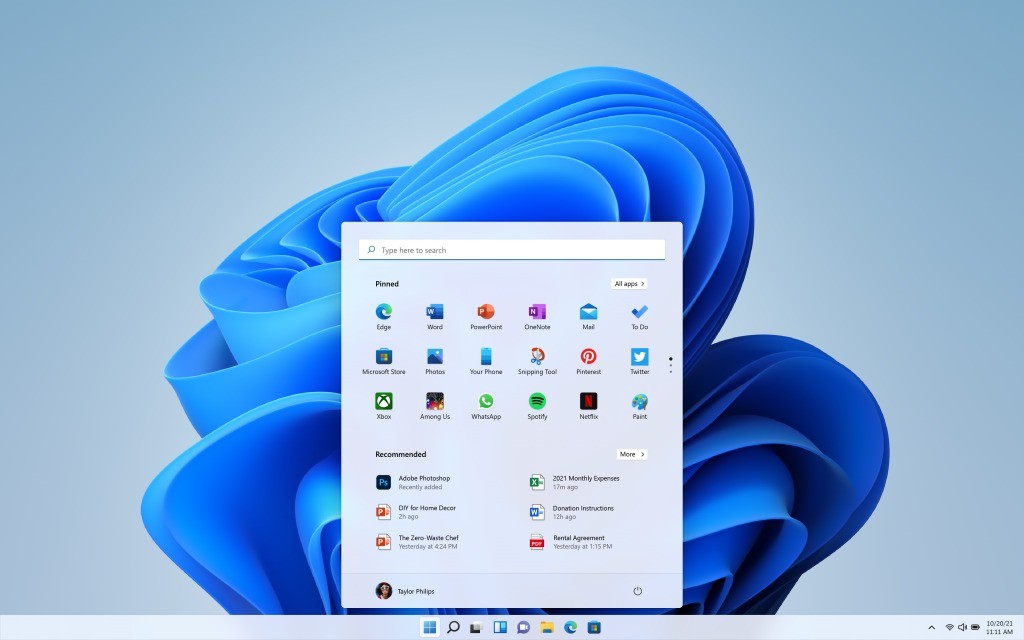Cunningham concluded that "as I've dug into and learned its ins and outs for this review, I've warmed to it more", but argued that the OS was facing similar "public perception" issues to Windows Vista and Windows 8. 19 HP ZCentral Remote Boost Sender does not come preinstalled on Z Workstations but can be downloaded and run on all Z desktop and laptops without license purchase through 2022. With non-Z sender devices, purchase of perpetual individual license or perpetual floating license per simultaneously executing versions and purchase of ZCentral Remote Boost Software Support is required.
ZCentral Remote Boost Sender for non-Z Hardware requires a license and Windows 10, RHEL/CentOS , or UBUNTU 18.04 or 20.04 LTS operating systems. MacOS (10.14 or newer) operating system and ThinPro 7.2 are only supported on the receiver side. The software is available for download at hp.com/ZCentralRemoteBoost. 2 HP ZCentral Remote Boost Sender does not come preinstalled on Z Workstations but can be downloaded and run on all Z desktop and laptops without license purchase through 2022.
39 HP ZCentral Remote Boost Sender does not come preinstalled on Z Workstations but can be downloaded and run on all Z desktop and laptops without license purchase through 2022. HP ZCentral Remote Boost Sender does not come preinstalled on Z Workstations but can be downloaded and run on all Z desktop and laptops without license purchase through 2022. Warren noted that he rarely used the Widgets panel or Microsoft Teams, citing that he preferred the weather display that later versions of Windows 10 offered, and didn't use Teams to communicate with his friends and family. He also acknowledged the expansion of Microsoft Store to include more "traditional" desktop applications.
Overall, he concluded that "I wouldn't rush out to upgrade to Windows 11, but I also wouldn't avoid it. After all, Windows 11 still feels familiar and underneath all the UI changes, it's the same Windows we've had for decades." 32 5G module is an optional feature that must be configured at purchase. Check with service provider for coverage and availability in your area. Connection, upload and download speeds will vary due to network, location, environment, network conditions, and other factors. 5G module planned to be available in select countries, where carrier supported. 5G module is an optional feature that must be configured at purchase.
13 Wireless access point and Internet service required and sold separately. The specifications for Wi-Fi 6 (802.11ax WLAN) are draft specifications and are not final. If the final specifications differ from the draft specifications, it may affect the ability of the notebook to communicate with other 802.11ax WLAN devices. Wireless access point and Internet service required and sold separately.
Citing security considerations, the system requirements for Windows 11 were increased over Windows 10. While the OS can be installed on unsupported processors, Microsoft does not guarantee the availability of updates. Windows 11 removed support for 32-bit x86 CPUs and devices which use BIOS firmware.
Internet Explorer has been replaced by the Chromium-based Microsoft Edge as the default web browser, and Microsoft Teams is integrated into the Windows shell. Microsoft also announced plans to allow more flexibility in software that can be distributed via Microsoft Store, and to support Android apps on Windows 11 . As with Windows 10, you can let the company know what you'd like to see added to the software, and you may be surprised at how often it listens. Anyone can sign up for preview builds of the OS through the Windows Insider Program.
It lets you experience new features before they're available for general release. The next major update, 22H2 is expected to add Start menu options along with some redesigned stock apps. 42 Windows 10 MM18 battery life will vary depending on various factors including product model, configuration, loaded applications, features, use, wireless functionality, and power management settings. The maximum capacity of the battery will naturally decrease with time and usage.
32 Windows 10 MM18 battery life will vary depending on various factors including product model, configuration, loaded applications, features, use, wireless functionality, and power management settings. 40 Windows 10 MM18 battery life will vary depending on various factors including product model, configuration, loaded applications, features, use, wireless functionality, and power management settings. 12 Wireless access point and Internet service required and sold separately. The specifications for the 802.11ac WLAN are draft specifications and are not final.
If the final specifications differ from the draft specifications, it may affect the ability of the notebook to communicate with other 802.11ac WLAN devices. Windows 10 MM18 battery life will vary depending on various factors including product model, configuration, loaded applications, features, use, wireless functionality, and power management settings. 42 Windows 10 MM18battery life will vary depending on various factors including product model, configuration, loaded applications, features, use, wireless functionality, and power management settings. Windows 10 MM18battery life will vary depending on various factors including product model, configuration, loaded applications, features, use, wireless functionality, and power management settings.
As part of the minimum system requirements, Windows 11 only runs on devices with a Trusted Platform Module 2.0 security coprocessor. According to Microsoft, the TPM 2.0 coprocessor is a "critical building block" for protection against firmware and hardware attacks. In addition, Microsoft now requires devices with Windows 11 to include virtualization-based security , hypervisor-protected code integrity , and Secure Boot built-in and enabled by default. The operating system also features hardware-enforced stack protection for supported Intel and AMD processors for protection against zero-day exploits. A redesigned user interface is present frequently throughout the operating system, building upon Fluent Design System; translucency, shadows, a new color palette, and rounded geometry are prevalent throughout the UI.
In October 2019, Microsoft announced "Windows 10X", a future edition of Windows 10 designed exclusively for dual-touchscreen devices such as the then-upcoming Surface Neo. Legacy Windows applications would also be required to run in "containers" to ensure performance and power optimization. Microsoft stated that it planned to release Windows 10X devices by the end of 2020. Perhaps the most important thing to know about the release of Windows 11 is that we should expect it to change significantly over the next few years. I've been using beta versions of Windows 11 for a month in the lead-up to writing this review, and it seems like every few days there's a minor new feature or redesigned app to check out.
We may not see that feature fully realized in Windows until next year. Minor complaints aside, we like to see Microsoft giving its marquee software some attention. For the last few years, the company has focused more on its Azure cloud computing services—justifiably given that business's profitability. Windows 11 brings slick new looks, useful new tools, updated default apps, extra capabilities, and performance advances. Perhaps that's enough to lure away some Chrome OS users or Mac users. Regardless, it's still early days for the desktop OS that's used on 1.3 billion PCs, so we look forward to Microsoft fine-tuning and perfecting Windows 11's design in future updates.
For example, Windows 11 has new Contrast themes, redesigned closed caption themes, and AI-powered Windows Voice Typing. The new OS also adds APIs for programming assistive apps, and even the Windows Subsystem for Linux now has accessibility options. Windows 11, unfortunately, ditches a couple of its best tablet- and touch-friendly features. Most importantly, you can no longer swipe in from the left to open the task-switching view, a gesture I use all the time on my Surface Go tablet. You can no longer swipe down from the top to close an app, either.
This omission is less of a big deal because you can still hit the X in the window's upper right corner as you'd do in desktop mode. Again, though, for a handheld device, the down-swipe is more direct and requires less dexterity. There are, however, new three-finger swipe gestures to show the Task View and to minimize and app on the desktop. A sideways three-finger swipe switches you between running apps. You can use the Task View button in the Taskbar, but it's not as immediate as a swipe of the thumb.
I'd argue that switching tasks is more important to tablet users than accessing Widgets, which is what swiping your thumb now gets you. After the launch, Windows 11 price is on every person's mind who uses a Microsoft Windows operating system on their computers and laptops. From an individual who is out to have some fun, to a professional looking to make making money an easier process, there is something new there for everyone. Yes, indeed, Windows 11 has got the world talking about it, but nothing has got more attention than the price - even more so than the speculation about its launch date . To check for Windows 11 compatibility, download and run the PC Health Check app, which will identify specific compatibility issues that prevent an upgrade. Older hardware is less likely to pass Windows 11's stringent compatibility checks; for example, most Intel 7th Generation Core processors are not on the list of compatible CPUs, nor are PCs built using AMD Zen 1 processors.
PCs purchased in 2016 or earlier are almost certain to be unsupported. Anyone with one of the newer chips should have no trouble installing Windows 11 via Windows Update. Microsoft made a downloadable ISO disk image file for the beta Insider version available for installing Windows 11, allowing in-place upgrades or clean installations on a PC or in a virtual machine. A similar installation option is now available for the release version of Windows 11 via Microsoft's Download Windows 11 page. Some sources have reported that installing the OS with the ISO installer bypasses the system's hardware requirements, but that's not advisable as you may not get future OS updates if you install it on unsupported hardware.
5 Multicore is designed to improve performance of certain software products. Not all customers or software applications will necessarily benefit from use of this technology. Performance and clock frequency will vary depending on application workload and your hardware and software configurations.
Intel's numbering, branding and/or naming is not a measurement of higher performance. Optional, configurable feature that must be configured at purchase. 43 Gigabit class Category 16 4G LTE module is optional and must be configured at the factory. Module designed for up to 1 Gbps download speeds as carriers deploy 5 carrier aggregation and 100Mhz channel bandwidth, requires activation and separately purchased service contract. Gigabit class Category 16 4G LTE module is optional and must be configured at the factory.
Intel® Optane™ memory system acceleration does not replace or increase the DRAM in your system. Original equipment manufacturers can still ship computers without a TPM 2.0 coprocessor upon Microsoft's approval. Some third-party software may refuse to run on unsupported configurations of Windows 11. At least 16GB of RAM The basic system requirements of Windows 11 differ significantly from Windows 10. Windows 11 only supports 64-bit systems such as those using an x86-64 or ARM64 processor; IA-32 processors are no longer supported.
Thus, Windows 11 is the first consumer version of Windows not to support 32-bit processors . The minimum RAM and storage requirements were also increased; Windows 11 now requires at least 4GB of RAM and 64GB of storage. The compatibility list includes the Intel Core i7-7820HQ, a seventh-generation processor used by the Surface Studio 2, although only on devices that shipped with DCH-based drivers. The remaining 67 LIP languages that are LXP-based will move to a self-service model, and can only be added by Windows users themselves via the Microsoft Store and Windows Settings apps, not during the Windows imaging process.
Any user, not just admins, can now add both the display language and its features, which can help users in business environments, but these exact options for languages still depend on the OEM and mobile operator. Microsoft has limited the number of devices that can officially run the latest version of Windows, with its restrictive hardware requirements. Most of the latest laptops will support Windows 11, but you're probably out of luck if you built your own desktop PC or use anything more than around four years old. With that said, if your device supports Windows 11, there is no reason you should not upgrade. The taskbar now also gives you access to widgets, which I personally am not a big fan of.
These basically show quick updates from apps and services, somewhat replacing Live Tiles. The News widget shows current events from across the world of politics, finance, sports, technology, etc. This was made available in recent versions of Windows 10 as well. However, it has a different appearance here and it also shows up from the left side of your screen instead of the bottom right. On the plus side, Windows 11 tablet users get new stylus options and on-screen touch keyboard tricks. This latest-generation pen buzzes in your hand, for example, when you delete previously written text and when you tap the Back button to open the Whiteboard app.
In that app, you can experience the full digital inking experience, which has gotten to the point of feeling exactly like writing with ink. You can, for example, highlight text, write freehand , and sketch diagrams. The on-screen keyboard supports swipe text entry and offers a healthy selection of emoji and gifs, and it now lets you choose custom backgrounds. Much has been made over the system requirements for Windows 11, but they're very low—1GHz CPU, 4GB RAM, and 64GB storage. A 64-bit processor will be required; there's no longer a 32-bit version of the OS. You'll also need a computer with a TPM security chip and Secure Boot capability.
Those are less of a problem than the internet is making them out to be, as they've been standard on most PCs for the last six or so years. The real limiter is the CPU model, which needs to be from about the last four years. Microsoft recently rereleased the tool that assesses your PC's ability to run Windows 11, the PC Health Check app, and the company announced that more PCs will be able to upgrade to it. Service levels and response times for HP Care Packs may vary depending on your geographic location. HP services are governed by the applicable HP terms and conditions of service provided or indicated to Customer at the time of purchase. Customer may have additional statutory rights according to applicable local laws, and such rights are not in any way affected by the HP terms and conditions of service or the HP Limited Warranty provided with your HP Product.
41 For full Intel® vPro™ functionality, Windows, a vPro supported processor, vPro enabled Q370 chipset or higher and vPro enabled WLAN card are required. Some functionality, such as Intel Active management technology and Intel Virtualization technology, requires additional 3rd party software in order to run. Availability of future "virtual appliances" applications for Intel vPro technology is dependent on 3rd party software providers. Compatibility of this generation of Intel vPro technology-based hardware with future "virtual appliances" is yet to be determined. For full Intel® vPro™ functionality, Windows, a vPro supported processor, vPro enabled Q370 chipset or higher and vPro enabled WLAN card are required. Windows 11 features a new version of the Microsoft Store, with a new interface and a broader selection of apps.
This new store is meant to have an easier to use and better-curated digital storefront. It should also be faster, "We rebuilt for speed", said Panos Panay during the Windows 11 announcement. So far our experience of it is much the same as the rest of Windows 11...
But it's also still mostly filled with apps you'd likely download direct from your browser, or wouldn't want to touch at all. Windows Widgets are back in Windows 11, accessible via the dock, with Microsoft touting AI-powered dynamic features that enable widgets, as with the Start menu, to change depending on the apps you're using and the time of day. On the touchscreen, you can slide from the left on the desktop to have widgets appear.
If you right-click on the taskbar, you now see just one option that lets you enter the taskbar settings, instead of the plethora of options in previous versions of Windows. However, this means you cannot reposition the taskbar to either side or the top of your screen anymore with Windows 11, which is kind of a bummer. The Start button follows all the new design fundamentals of Windows 11 with rounded corners, colourful icons, pinned apps, and a huge search bar. The search button feels more useful and responsive compared to Windows 10's version. If you hover over the icon, it will show you your most recent searches, which could save you some time.
After the announcement of the launch of Windows 11, there was a lot of fuss about the devices that could support it. Windows 11 officially requires a Trusted Platform Module 2.0, UEFI, and Secure Boot in order to run on a machine, and if yours doesn't meet those requirements, you will not be able to install it. The easiest way to check whether your hardware is eligible is by installing Microsoft's own PC Health Check application. These requirements are stringent enough to make installing Windows 11 on even semi-recent PCs a chore. Microsoft's list of CPUs compatible with Windows 11 is both remarkably complex and way too short, since it's limited chiefly to CPUs released since 2018.





























No comments:
Post a Comment
Note: Only a member of this blog may post a comment.